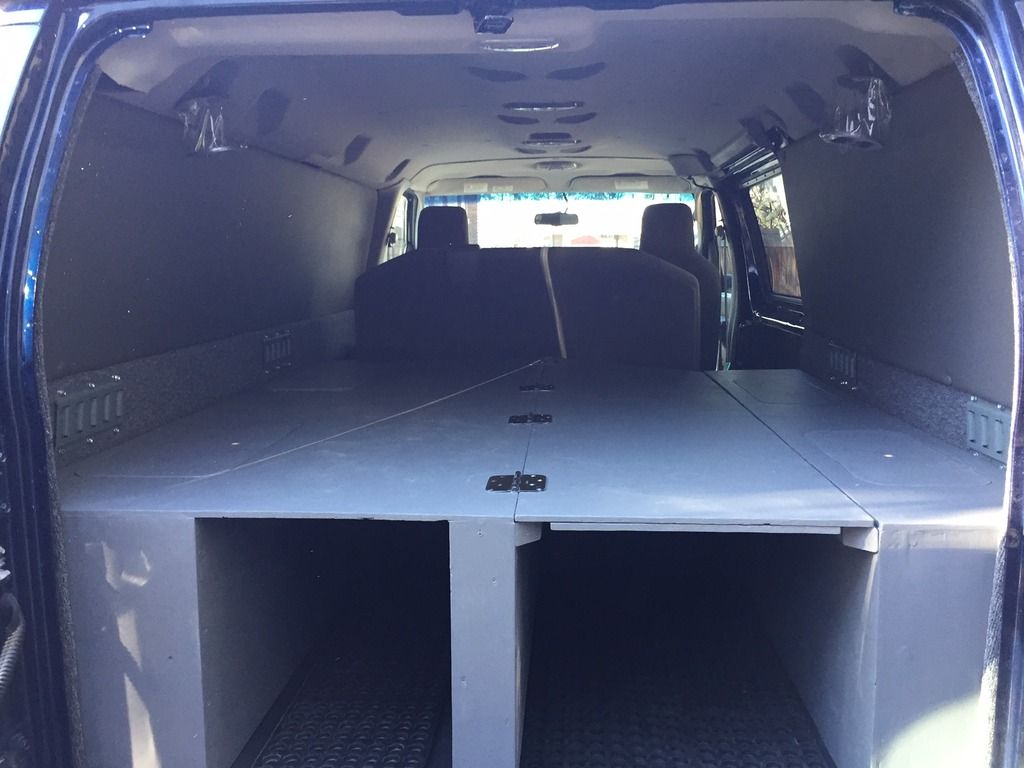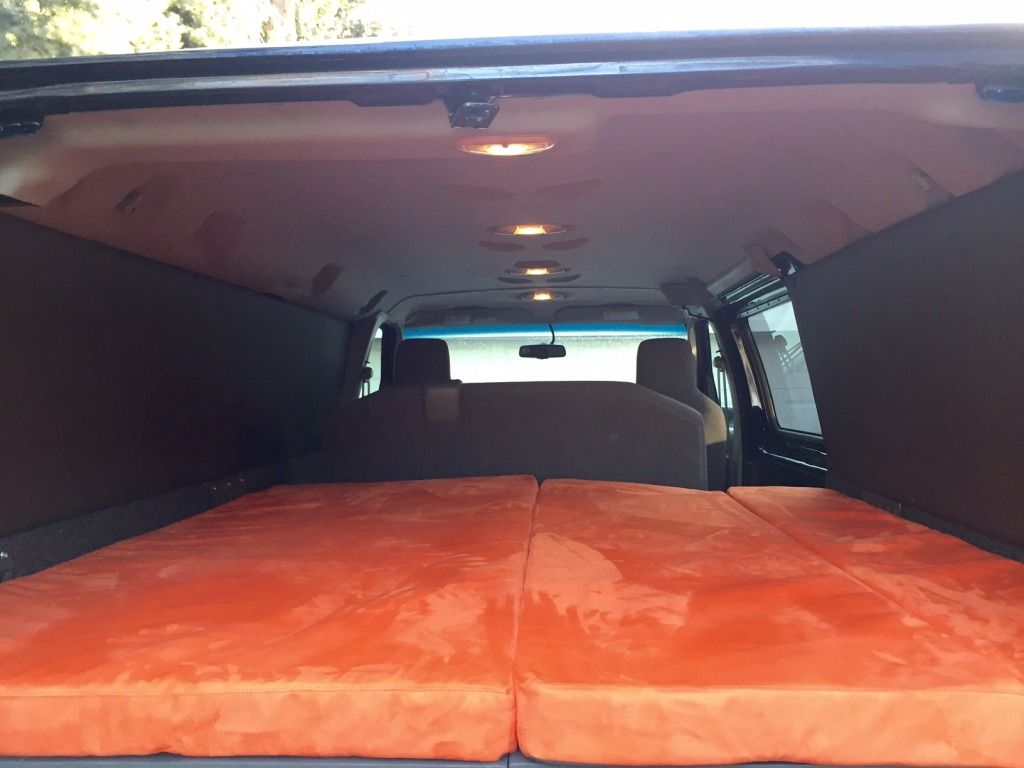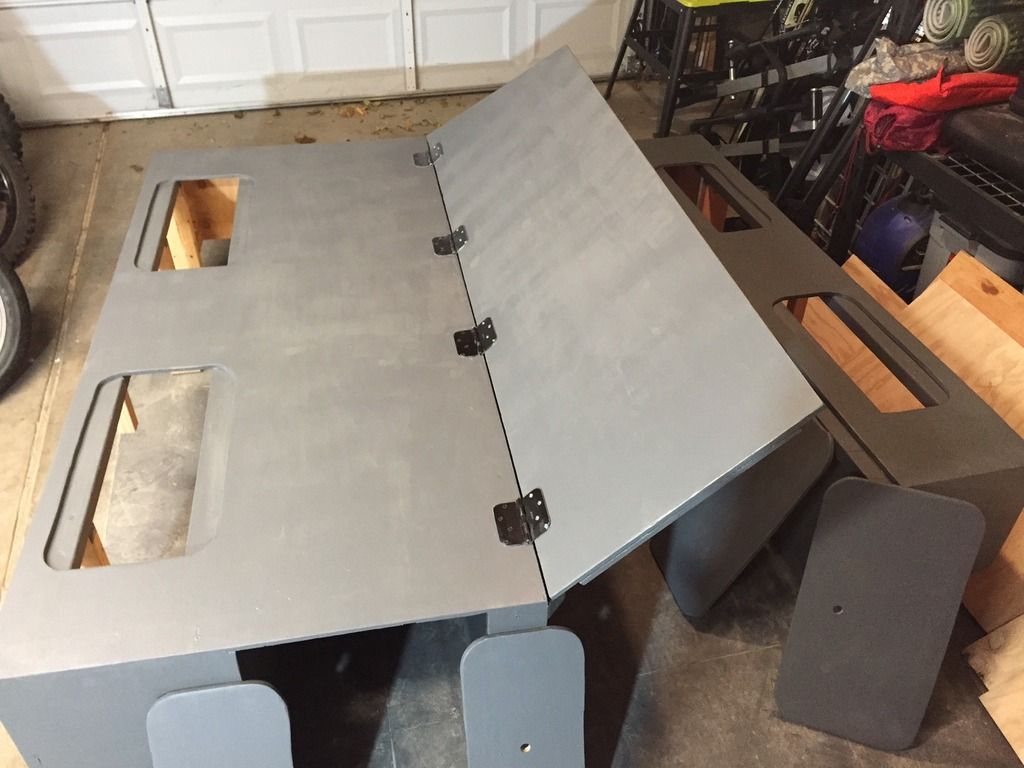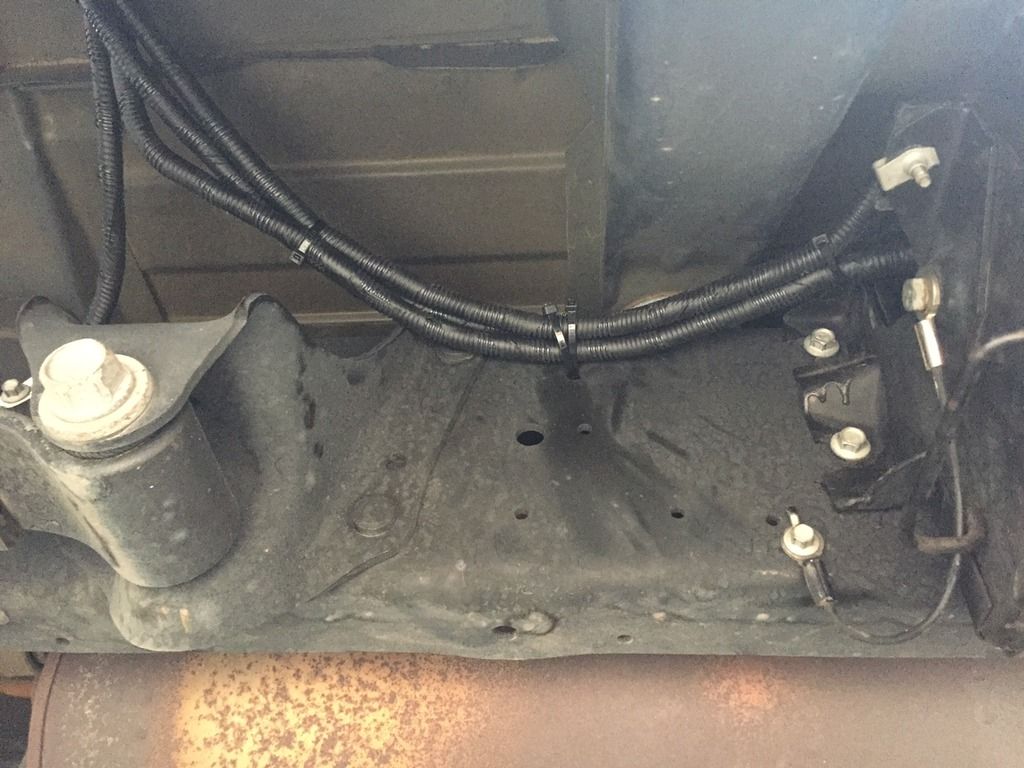I have a 2013 Quigley V10 with a second battery for the tow package. I read online to add another battery box and leave that set up alone. I purchased two additional battery boxes from ebay and would like to wire one up on each side of the Van frame and run power inside for fans, chargers, and electric blanket (just had a son and need some heat for him).
First off let me say I know NOTHING about electrical work and need one of those "guide" for dummies to do this myself. I have no problem working on motors but electrical work is not my thing. I would however like to give it a go. Soooo what is the easiest plug and play system to wire up two aux. batteries that won't cost a fortune? Here are some pics of the Van and platform bed I built out.
Any help with photos, links, videos, etc would be greatly appreciated! Thanks in advance.



First off let me say I know NOTHING about electrical work and need one of those "guide" for dummies to do this myself. I have no problem working on motors but electrical work is not my thing. I would however like to give it a go. Soooo what is the easiest plug and play system to wire up two aux. batteries that won't cost a fortune? Here are some pics of the Van and platform bed I built out.
Any help with photos, links, videos, etc would be greatly appreciated! Thanks in advance.









